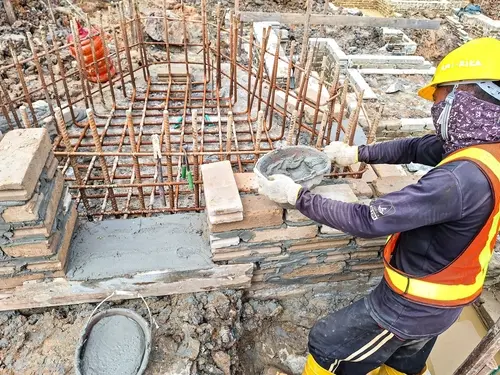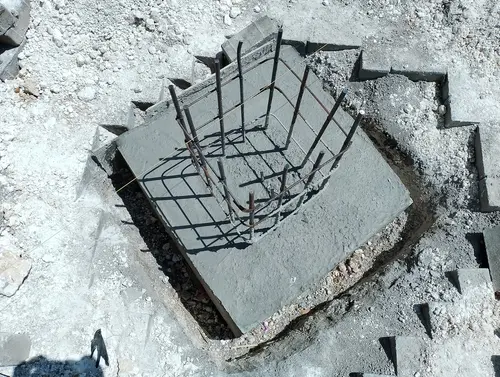Foundation Piling
Every structure, no matter its location, must be built upon stable groundwork. Foundation piling, also referred to as pile foundations, is used to create a sturdy understructure in an unstable area, particularly when there is soft soil or significant moisture and water. Huron Pointe Excavating in Harrison Township, MI, are experts in foundation piling for marine construction, dock construction, boathouses, and more.
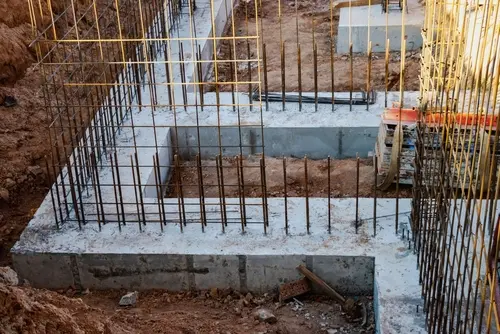
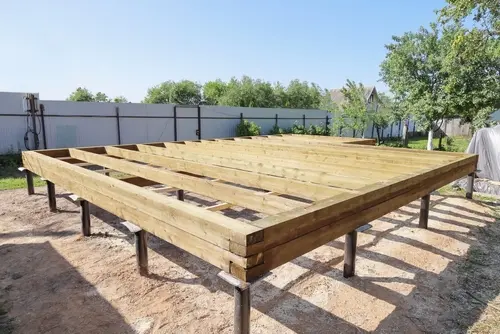
Understanding Foundation Piling
A pile foundation is a deep foundation with a column-like structure that penetrates the soil to the desired depth and uses resistance to support the construction load.
- The number of piles used in a project and the formula that determines their depth are modified to meet load demands based on the size, weight, and usage of a structure.
- Sizes, shapes, and construction materials must be carefully considered as their usage depends on the type of structure being built.
- Foundation piling is a diverse system that can be implemented to support structures of all scales.
- Pile foundations can be made from concrete, steel, composite concrete and steel, structural timber, precast concrete, or cast-in-place concrete.
Types of Pile Foundation Systems
Pile foundation systems vary, however, they all work similarly from a structural engineering point of view. Here are some of the most common terms related to pile foundations:
- Pile Group: Multiple piles are needed to support the load under one column or wall. Concrete is used to link these groups together.
- Friction piles: The load from the structure to the soil is transferred through frictional force that develops between the soil surrounding the pile and the sides of the pile.
- End bearing piles: The bottom of the pile is situated on a hefty layer of rock or soil. The structure’s load-bearing capacity is transferred to the rock or soil and the pile acts as a column.
- Combination piles: A combo of pile types that can their load-bearing capacity through a mix of friction and end bearing piles.
- Sheet piles: Long and flat, sheet piles are often bent into the shape of a U or Z to increase load distribution and strength. An interlocking mechanism is built in for a temporary or permanent installation, like retaining walls.
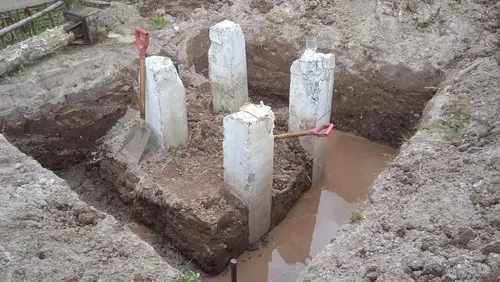
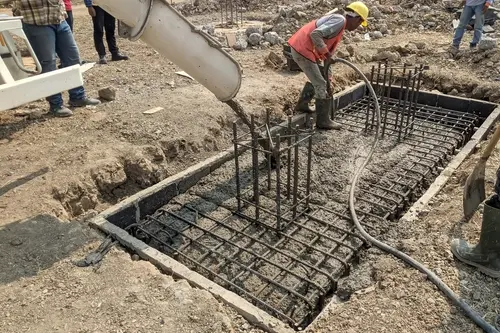
When to Use Foundation Piling
When you work with an expert foundation piling installation company, they carefully review the ground conditions for your structure to develop a plan and determine whether foundation piling is necessary. The following factors usually influence the decision:
- Soil conditions: If the top layers of soil aren’t strong enough to support the required load, footings must be designed to go deep underground for more powerful soil materials.
- Proximity to nearby buildings: A deep pile foundation allows the building of a new structure alongside an existing structure without applying unwanted force.
- Depth of the water table: Sites with a shallow water table benefit from pile foundations which make construction possible in through driven, bored, or screw piles.
- Type of structure being built: If a structure has a large upward force at the base of their column, large foundation piling can solve the uplift issue through friction.
- Forces affecting the structure: If future excavations could or will occur near the structure being built, a piled foundation can help prevent foundation undermining.
Discuss Foundation Piling with Huron Pointe Excavating in MI
From dock construction to boat lifts to boathouse foundations, Huron Pointe Excavating uses foundation piling, or the most appropriate structure, to ensure every construction is strong, secure, and long-lasting. Each project is customized to our customers’ needs and location and may include hydro-excavation and dredging to create the most appropriate building conditions. We deliver extra support and heavy marine hardware to commercial standards. Contact us to discuss your project needs.
